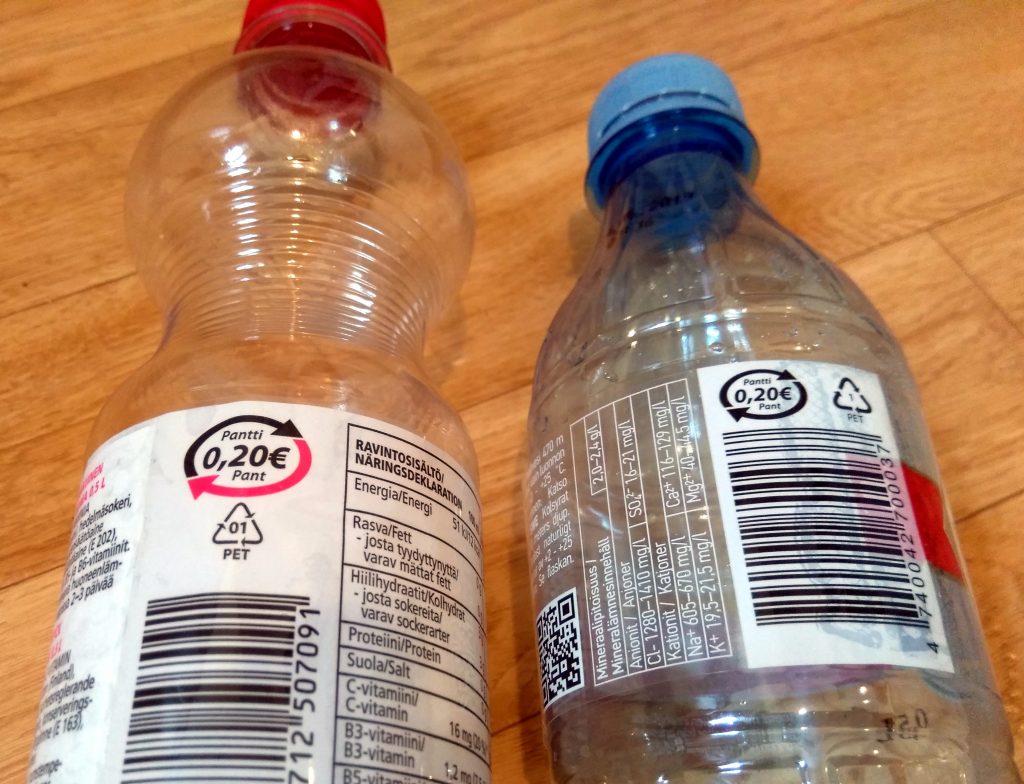What are PET bottles?
Did you know that you are not supposed to reuse the plastic bottles that soda and water come in? These bottles, typically have a plastic identification code #1, which is made from a plastic known as polyethylene terephthalate. #1 bottles are also known as PET bottles; they are usually clear in color but can be difficult to clean and are somewhat porous. If you have the habit of using PET bottles to drink water, note that bacteria easily grows on the surface of these plastic containers, especially after your lips cover the bottle with a film and even more when you are wearing lipstick. PET may seem durable in the short run, but in the long term, it can degrade, particularly after exposure to sunlight, heat, or prolonged use.

Plastics are denoted with a number for their prescribed use
When plastic degrades, its chemicals silently migrate into liquids or foods during use. Plastic containers that are denoted by #3, #6, and #7 are dangerous to our health as they can release harmful chemicals in our food, while others (#2, #4, and #5) are more durable and suitable for prolonged use. However, these containers are not designed to last forever, and you should replace them over time, mainly when they become cloudy, discolored, and old.

Tips for using plastic containers
1. Stop reusing water and soda bottles that are made from plastic. They are meant for one-time use only. Keep them away from ultraviolet light from the sun and excessive heat that can speed up the degradation process that will leak plastic in your food or water.
2. Even if you are using #7 containers for sports activities, never fill them with hot liquids. For instance, when you are hiking, and you want a sip of your hot chocolate from your plastic bottle. Anything hot or boiled will degrade the bottle and leak its plastic in your hot chocolate.
3. For your hot liquids, get a double-walled stainless steel thermos or travel mug. That way, your hot chocolate will not only remain hot for a longer period than it would have been in a plastic bottle, but you are also preventing yourself from drinking a hot chocolate that is contaminated with plastic.
4. Avoid prolonged usage of plastic containers in microwave ovens even if the containers indicate they are suitable for this purpose. But why? People often don’t realize that this type of plastic will degrade after some time after many exposures to high heat and pressure.
Finally, you should stop using plastic because used plastic containers take up a large amount of space on our landfills. Unfortunately, plastic is one of the primary cause of pollution on our planet.
Help save our planet, stop using plastic!


4 thoughts on “A Guide to Using Plastic Containers”